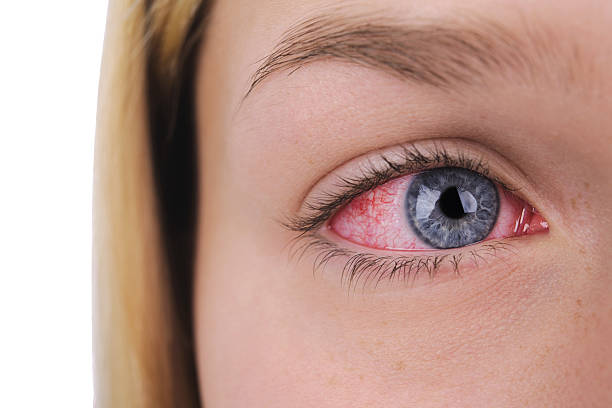It’s at this time of the year we get a lot of cases of conjunctivitis coming in our doors. Everybody dreads a case of conjunctivitis in the family as it is highly contagious, and kids need to be kept home from school or childcare.
Many people think conjunctivitis is a bacterial infection and that antibiotics are the best treatment. However, most conjunctivitis is viral, and antibiotics will not treat these cases. Inappropriate prescribing of antibiotics can lead to antibiotic resistant in the future. Several of our antibiotics have already taken this path and are now not as useful as they used to be. Therefore, it’s important to understand the different types of conjunctivitis and make sure you get a proper diagnosis from an optometrist.
Signs of a conjunctivitis:
- One or two red or pink eyes.
- Swelling of the eye lids with a yellow-green discharge that builds up when asleep, causing crusting around the eyelids.
- Excessive tears.
- A gritty eye feeling.
- Sometimes a dislike of bright lights.
Conjunctivitis usually develops over one or two days and its symptoms may last up to three weeks. Most symptoms resolve in the first week.
There are three main causes of conjunctivitis –
Viral conjunctivitis
This is the most common and would constitute approximately 90% of the cases I see. Normally the patient has sensitive and watery eyes. This mostly goes away by itself. It is best treated with regular lubricating eye drops and cold compresses. Eyes “stick together” upon waking and mucous discharge is sometimes present. Antibiotics are not needed unless otherwise indicated.
Bacterial conjunctivitis
This is far less common. A white, yellow or green discharge is present for most of the day. Antibiotics have been shown to decrease the time the conjunctivitis is active. Care must be taken to rule out other issues.
Allergic conjunctivitis
This is caused by an allergic reaction. This is not contagious and is usually found in children who have allergies. Itchy and watery eyes, runny noses and sneezing are common tell-tale signs. This may be helped with antihistamines and cold compresses. Antibiotics will not treat allergic conjunctivitis and may make symptoms worse.
Why is this important?
Conjunctivitis (particularly viral) can be very contagious. You can get it from contaminated fingers, from someone else coughing or sneezing or even from contaminated towels. A person remains contagious as long as there is discharge from their eyes.
Recommendations
Conjunctivitis must be diagnosed correctly. It is important to get your eyes assessed by an eye practitioner who has the tools and training to differentiate between the different types of conjunctivitis. They will treat you accordingly. If there is severe pain, vision issues, a fever or a persistent white spot in the cornea, prompt attendance to an optometrist or eye specialist is needed.
People should cease contact lens wear when they have conjunctivitis.
Care at home:
- Wash hands regularly.
- Clean the eyes of any discharge with a cotton ball – from the nose to the ear. Use another cotton ball for the other eye. Discard the cotton ball each time to avoid contamination.
- Use lubricating eye drops regularly.
- Replace towels regularly.





















